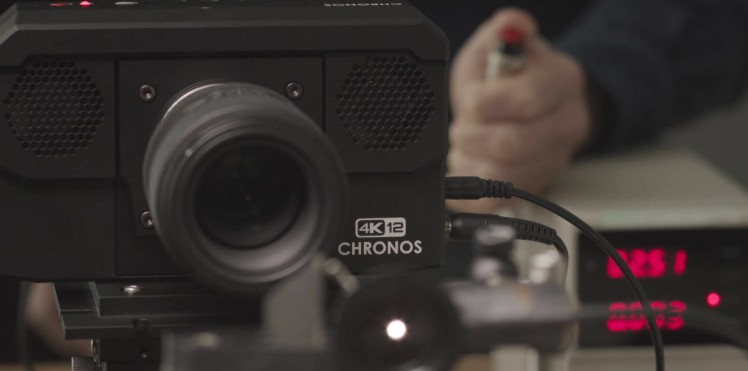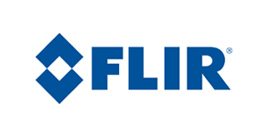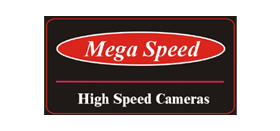Listen to this Article
Droplets deposited on a sufficiently hot surface experience an interesting phenomenon. They skid on a layer of vapor that prevents contact with the solid surface. This is known as the Leidenfrost effect. It was first reported in the 18th century and it is still the subject of intense experimental theoretical , and computational research.
Questions in Droplet Dynamics and Leidenfrost Effect
Despite the attention the topic has received, there are still fundamental questions that are waiting to be resolved. For instance, for a stable and steady vapor film between the droplet and the solid surface how can this film be obtained? Also, what is the droplet dynamics like when the transition from boiling to the Leidenfrost effect takes place. Answers to these questions are not motivated by mere curiosity. They have direct implications relevant to industrial processes, i.e., cooling technologies .
The variations of the vapor film depend on the droplet size, i.e., if it is smaller or larger than the capillary length of the droplet, the length scale that associates surface tension and gravity. In small droplets, smaller than the capillary length, surface tension dominates, thus the droplet acquires an almost spherical shape. When the droplets are larger than the capillary length, the droplet tends to flatten. For even larger droplets, the vapor accumulates underneath the droplet and erupts from its upper part.
Droplets in the Leidenfrost regime can be recorded at a few thousands frames per second. The new Chronos 4K12 allows users to record footage at up to 1397 fps in 4K resolution or at 3651 fps in HD. Even higher frame rates are available at reduced resolution. These frame rates are sufficient to perform fundamental studies that have significant impact in a number of scientific and technological areas. If you have questions regarding the Chronos cameras, do not hesitate to send us a message. We are glad to be able to help you.
Source: computar.com
Also Read: THE BENEFITS OF THERMAL SCANS FOR BUSINESSES AND LARGE REAL-ESTATE
Back to All Robotics and Autonomous Systems Articles, Resources and News































